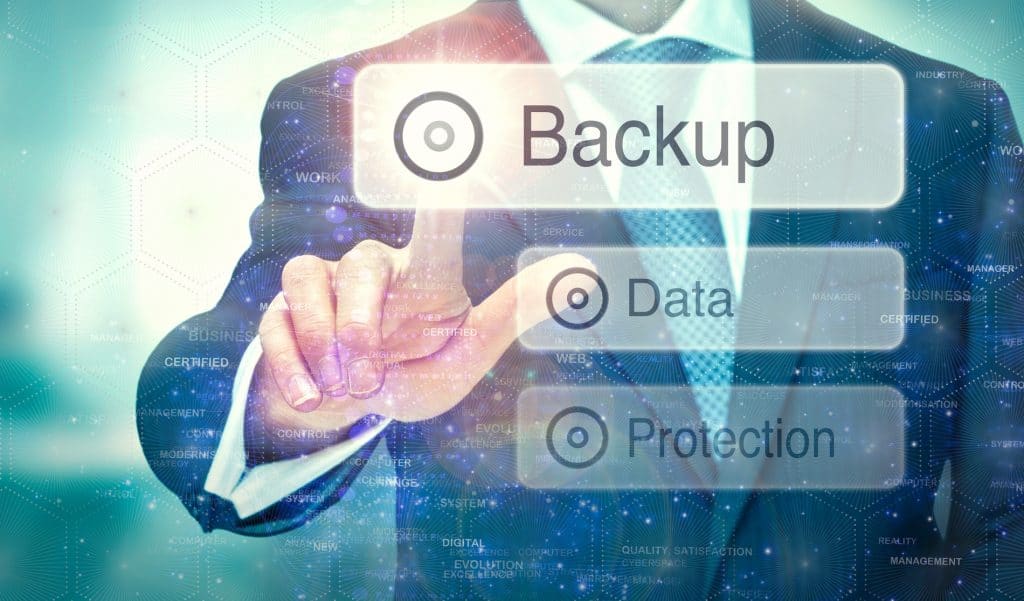Data Backup and Disaster Recovery

The backing up of data is a crucial part of any thriving business. Due to its simplicity and ease, it can be overlooked by many. Listed below are the steps needed to ensure your business has a successful backup solution so information can be easily recovered if a situation were to arise. Data Backup vs. […]
3 Reasons to Prioritize Data Backup and Disaster Recovery

One of the most critical solutions for a small business is a data backup and disaster recovery system. It is a crucial element of any business continuity plan, yet many organizations fail to implement one appropriately. Let’s discuss three of the best reasons you must consider backup and recovery now before it’s too late. The […]
Don’t Let Data Backup Concerns Hold Your Business Back

Your business is not unique in the sense that it stores and transmits data during its day-to-day routines. Whether it’s financial information for your clients or employee records, it is more than likely that your business holds some kind of critical data that your operations rely on throughout the workday. Would your operations be able […]
Data Backup Protects Everything You’ve Built

When you have a thorough and powerful data backup strategy in place at your business, you are protecting your operations, your employees, and your customers from an array of terrible scenarios. Unfortunately, many businesses don’t think of data loss in the terms it should be considered in, a complete travesty. Today, we thought we would […]
Strengthening Business Continuity Is Urgent For Financial Services

While most businesses handle at least some customer personally identifiable information on a daily basis, there is little more important than a client’s financial information which consists of what is likely a significant portion of their life savings. Firms that manage investment and savings accounts spend years cultivating relationships with their clients, with complete trust […]

